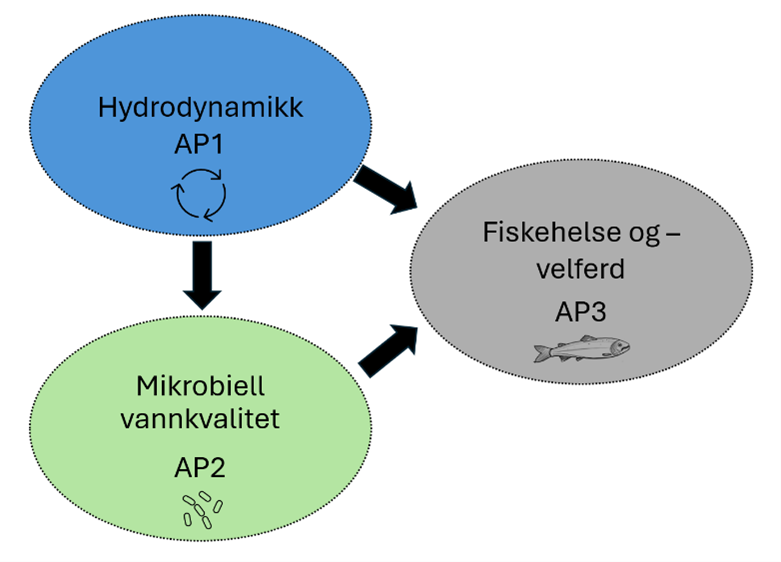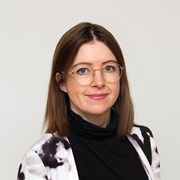The BIOCLOSED project focuses on the production in closed cages in the sea, which can be characterised by having a tight barrier between the production volume and the surroundings. Furthermore, the systems have a controlled inlet and outlet of water, double escape safety and collection of particles.
Closed production of salmon in the sea will be an important production concept for enabling sustainable growth in the aquaculture industry. Such facilities have shown promising biological and environmental results, such as increased growth, shorter production periods, better control of the cage environment, and less environmental impact, compared to traditional open cages. Closed technology also makes it possible to produce salmon without salmon lice, as well as to collect particulate organic matter that can be reused for other purposes.
A number of closed-containment concepts have been built, but development is still in an early phase and more knowledge about the production environment is needed. We need more knowledge about internal hydrodynamics, water exchange, fish behaviour, water quality and fish health and welfare.
Goals
Today, no limitation has been set for fish density in closed systems, and this is practiced differently. More knowledge and recommendations are needed for optimal density that facilitates a good cage environment and fish health. In BIOCLOSED, the main objective is therefore to document the effect of different fish densities and sizes in large-scale, closed cages in the sea over time, and how this affects hydrodynamics, microbial water quality, fish behaviour, health and welfare.

Subgoals:
1: Clarify how 3D complex hydrodynamics affect growth, fish welfare in closed cages.
2: Characterize the behaviour of the fish in closed cages at different fish sizes and densities.
3: Map the temporal microbial water quality in closed systems at different fish sizes and densities, seen in connection with hydrodynamics and fish health.
4: Map how fish health/fish welfare is affected by different fish sizes and densities.
5: Evaluate the overall health economic result when choosing different density regimes.
Work packages:
The project is divided into 4 work packages:
WP1 Hydrodynamics, environment, and fish behaviour (WP leader: Pascal Klebert, SINTEF Ocean)
WP2 Microbial water quality (WP leader: Stine Wiborg Dahle, SINTEF Ocean)
WP3 Fish health and fish welfare (WP leader: Arve Nilsen, Norwegian Veterinary Institute)
WP4 Mediation and communication (WP leader: Stine Wiborg Dahle, SINTEF Ocean)
The project is led by senior researcher Pascal Klebert and partners are the Veterinary Institute, NMBU and Akvafuture AS.
The project is financed by Norwegian seafood research and fund (FHF).


